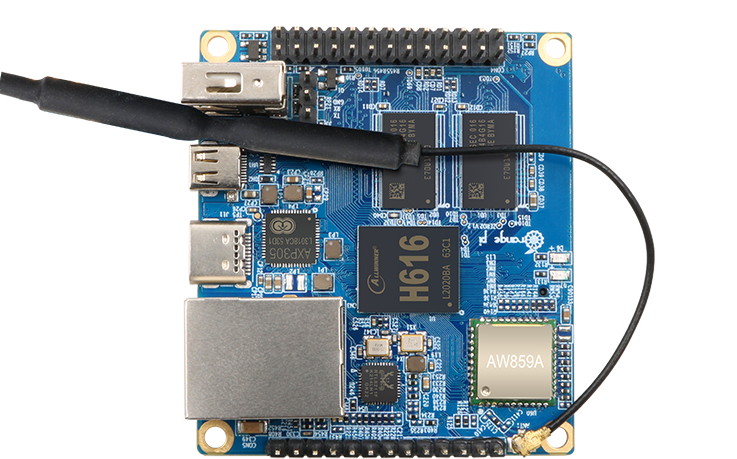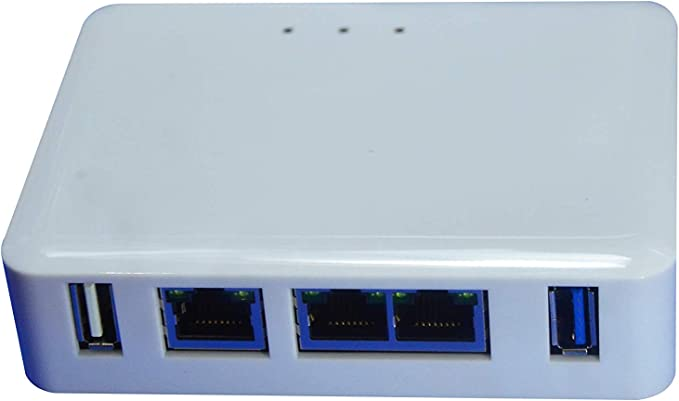Inconsistent
-
Im very frustrated with my new pi. I have 2 pis running on ssds with no sd card great. But for the life of me I can’t get it to boot from the exact same model of ssd that works on my other pi. I also can’t get the new pi to boot from old known working sd card. I tried burning new image onto ssd, known working image, in fact the only way it will boot is with the noobs card it came with. I thought pi3s didn’t have any firmware it was all software, but thats all I can think of. I am stumped. No, I don’t want to boot off sd card. Is it a bad pi? I did every single step multiple times. I know how to do this, ive done it twice. What’s going on?
|-<:/ -
When I set up SSD boot on my Pi3B+ I noticed that it seemed picky on the USB/sata interface. One of my old 2.5” USB cases did not work. I swapped to another case and it worked. It also worked with a sata/USB adapter cable I had laying around.
Good luck!
//ArcherS -
Update. I read that you can get your pi to boot off a card with only a single small bootcode.bin file, which I tried on a tiny 4gb sd card much to my surprise this worked. The system actually uses the ssd as boot and root, it just loads the boot loader from the sd. Why it can’t load the boot loader on the ssd like every other computer in the universe is beyond me. This is a tolerable solution with no apparent loss of speed.
Much to my surprise again I found out my other two pis are 3s and not 3pluses explaining why the old sd cards didn’t work.
So apparently the 3 can boot from my Samsung 500gb ssd, but the 3+ requires a sd card with a boot loader. Weak. I’m running buster on it so we’ll see how that goes.
Next stop, zway -
Glad you got it to work.
Not sure if it helps, but there are some differences on the various Pi models and USB/SSD boot.
The 3B+ is the only Pi that can boot from USB out of the box without doing anything. Older Pis including the 3B require that one sets the OTP (one-time programmable) memory once. I have not tried this since I have a 3B+, but it seems simple enough. On some Pis it seems to be irreversible, so some caution would be in place.
https://www.raspberrypi.org/documentation/hardware/raspberrypi/bootmodes/msd.md
The Pi4 can as far as I know not be booted directly from USB but need a SD with a boot loader.//ArcherS
-
Progress. Zway+razberry installed. OpenLuup linked with zway bridge. Next step migrate the last 28 “critical” scenes left on vera to openluup. Installed alt hue and alt alexa plug ins in anticipation. Hue works alexa not yet. I ll also have to add open luup to vera HomeKit bridge. Should I be trying an alexa bridge instead of the plugin? Im defuring the ugly job of moving the devices until the last possible minute.


